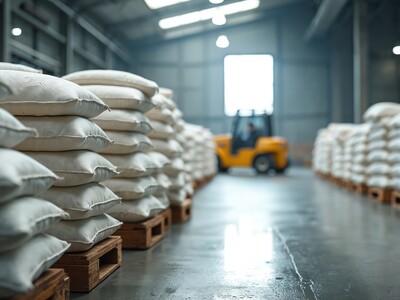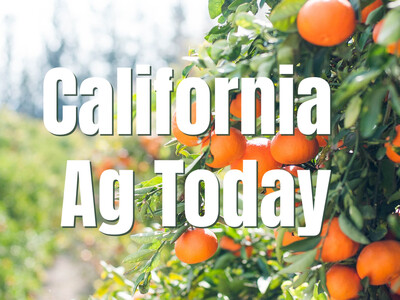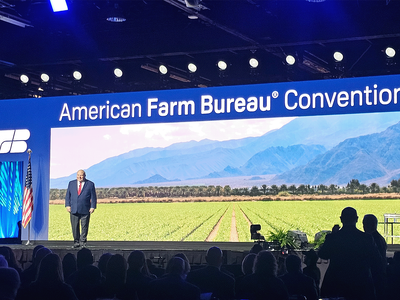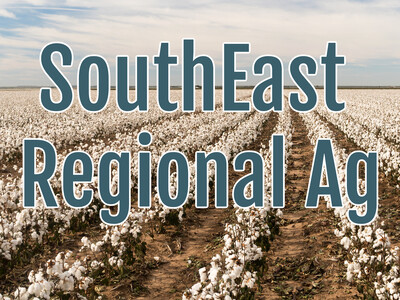Hope for Agriculture
We have been doing stories for years about the fact that kids don't want to take over their parents farms and ranches causing the so-called, "graying of America”. By some of the media headlines we’ve seen over the past several years, you could easily think rural America is a thing of the past. “The Graying of Rural America” … “Can Rural America Be Saved” … “Rural America Is Falling Behind” …
The truth is, the facts reflect something very different: They show a rural America on the road to recovery and growth. Thanks to eight years of strong and strategic investment from USDA, we’ve seen important trend lines shift to demonstrate positive change in a few major indicators of economic recovery:
For the first time since the start of the Recession, rural populations have stabilized. The total number of people living in rural counties remained essentially unchanged between July 2014 and July 2015, following several years of rural net migration that began with the housing-market crisis. This improvement in population change coincides with rural economic recovery and, if current trends continue, we will begin to see gradual population growth in rural and small-town America in the coming years.
The rural unemployment rate dropped below 6 percent for the first time since 2007.
After reaching nearly 10 percent in 2010, rural unemployment has fallen to under 6 percent in 2015. Rural counties added over 125,000 jobs in both 2014 and 2015, after job losses averaging 200,000 per year during 2008–2013.
From 2012–2014, rural child poverty fell by 3 percentage points.
Rural child poverty, which had been trending upward from 2003 to 2012, has since begun a slow but steady decline. From 2012 to 2014, average incomes for families with children climbed 6 percent, nearly regaining their 2003 levels in rural areas. This income growth reduced child poverty considerably and demonstrates a very strong growth trend.
Two million fewer people live in a state of food insecurity today compared with a recession peak in 2011.
Food security for households with children, and households overall, is the strongest it’s been since before the Recession and we hope to have more good news to support this later in the month. That means more American families have reliable access to a sufficient quantity of affordable, nutritious food on a daily basis. SNAP participation is also down by 4 million people since it peaked in FY 2013.
Join us throughout the month of September as we tell the important story of eight years of significant and transformative investments across the nation that have empowered rural America to continue leading the way, strengthening America’s economy, as well as the small towns and rural communities that so many call home. Follow along on usda.gov, on the USDA blog and by using #USDAResults, or catch up on Chapter IX on our Medium site.

















